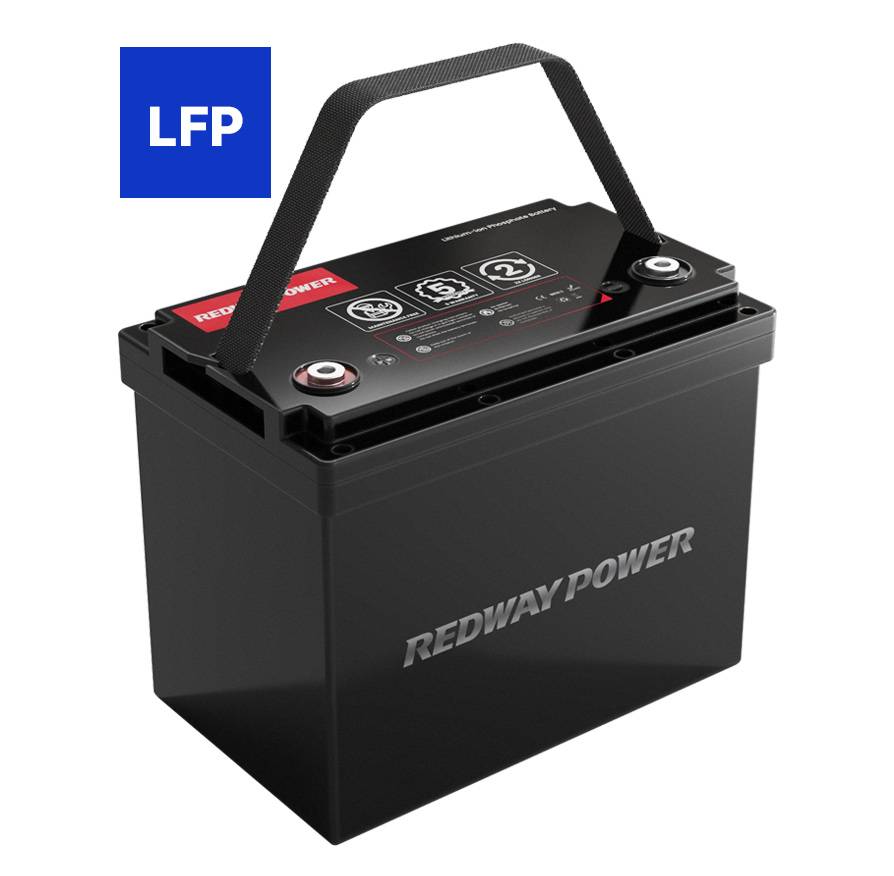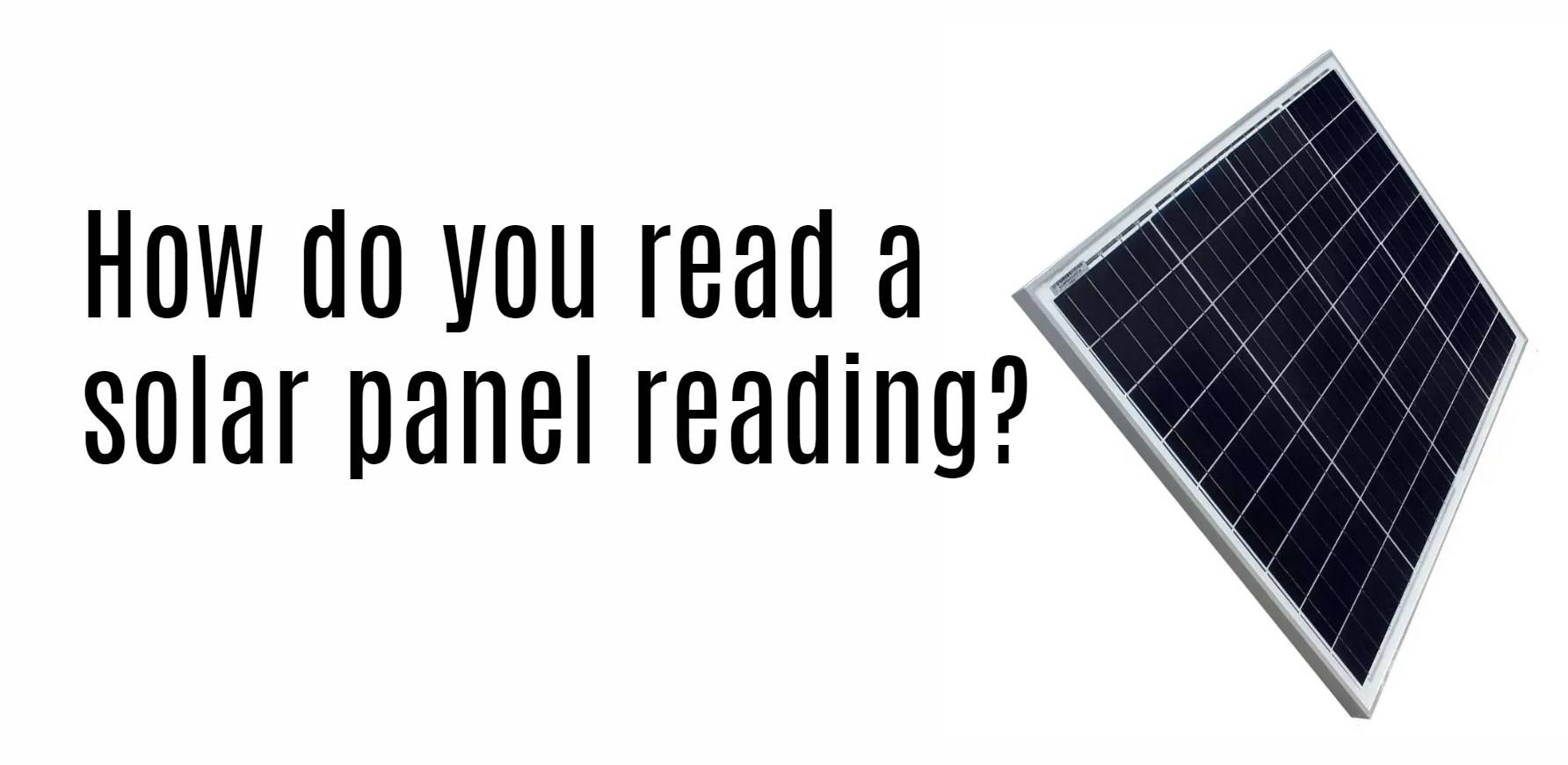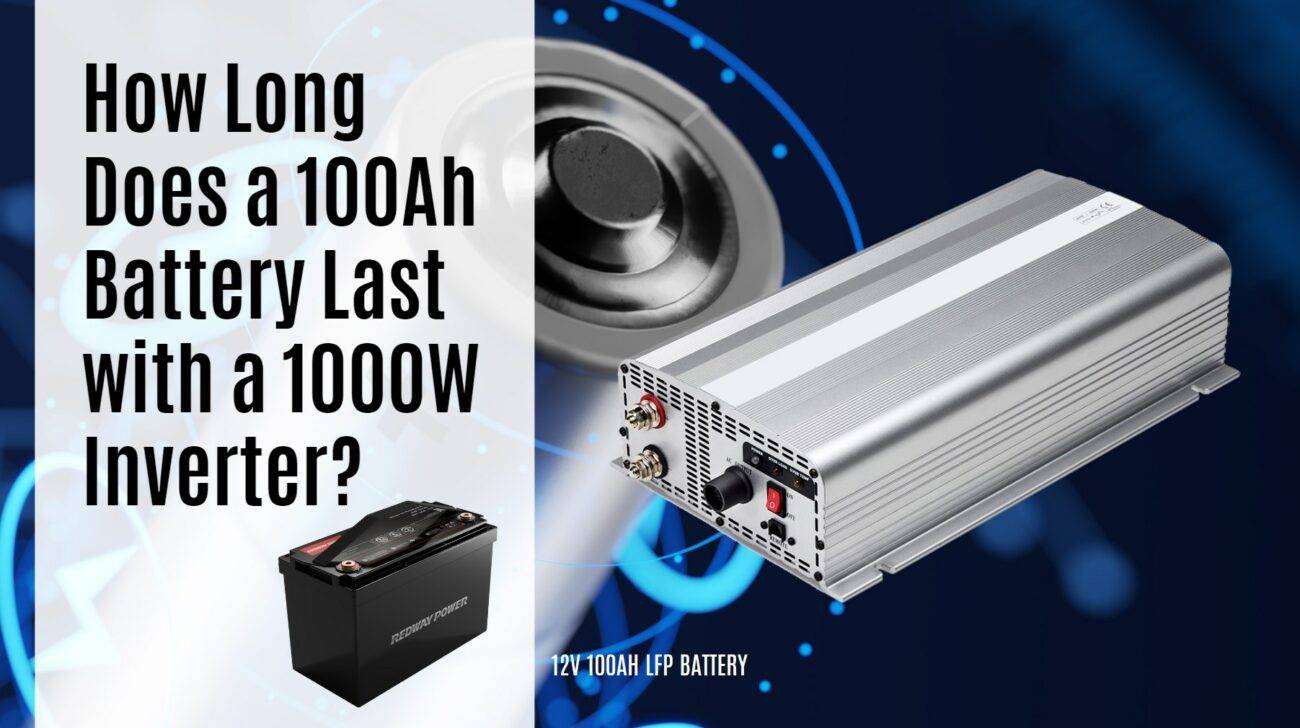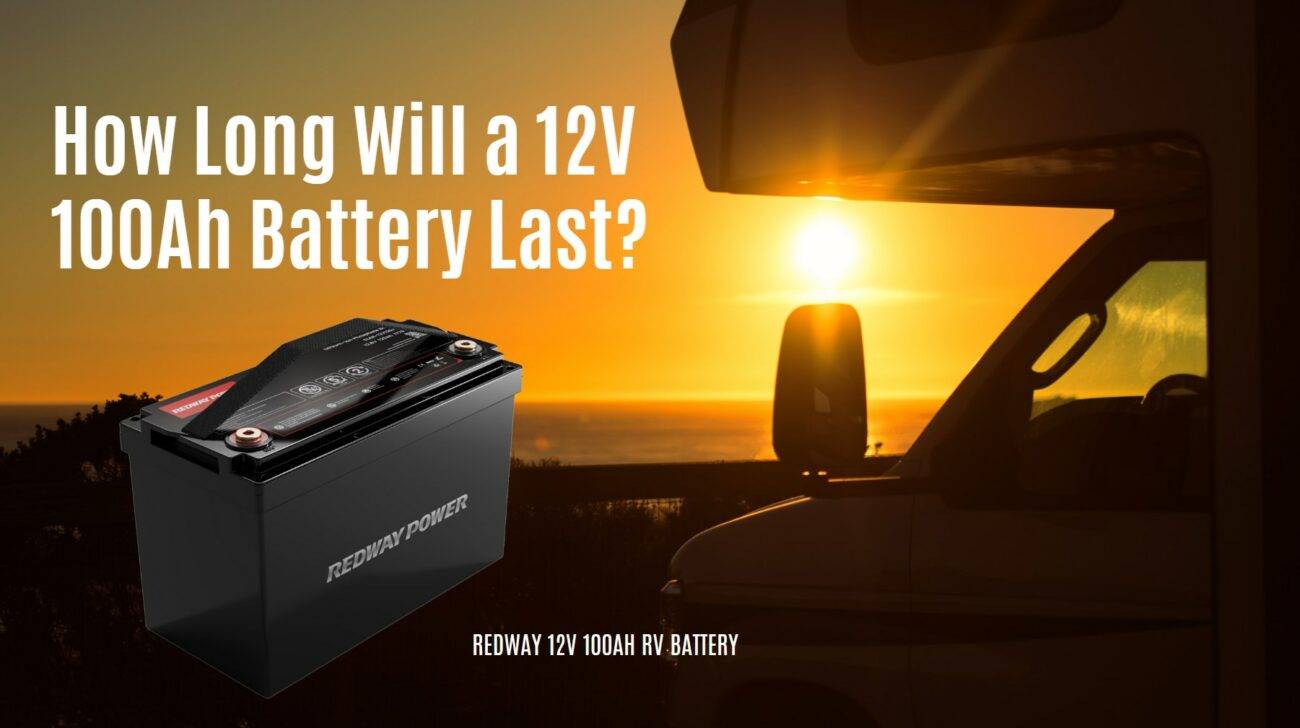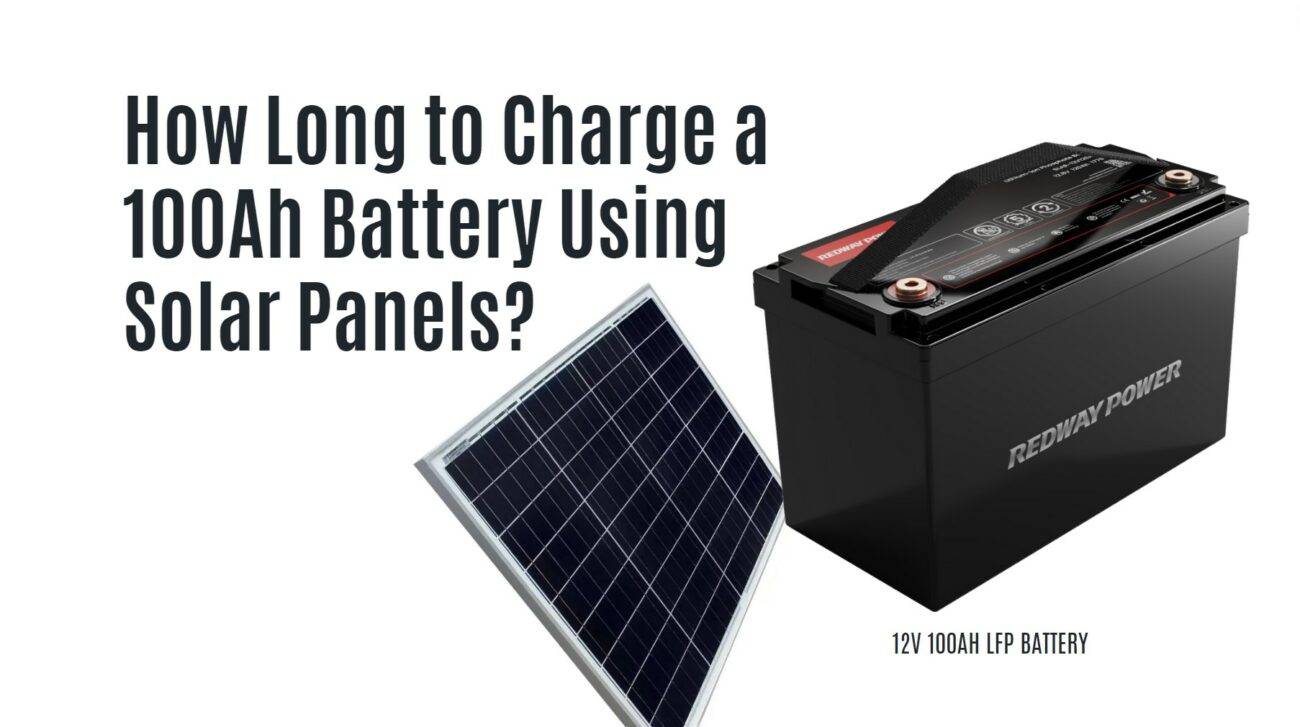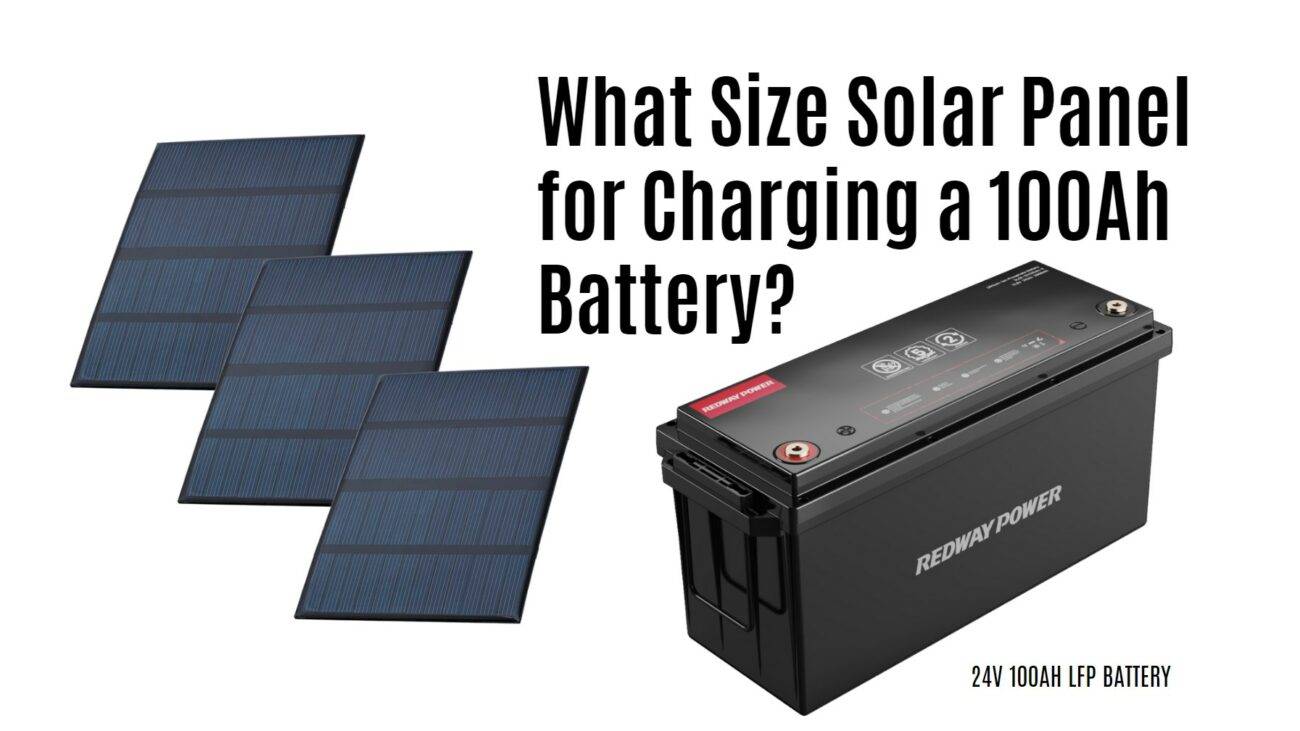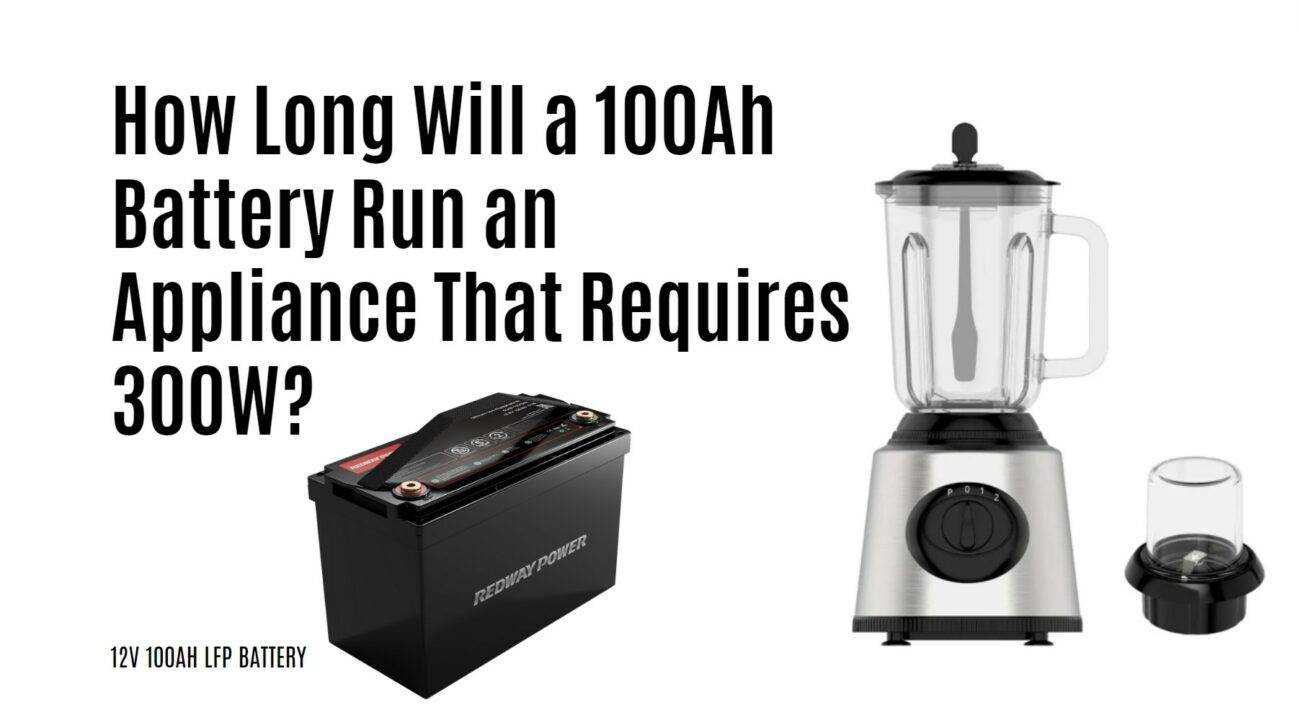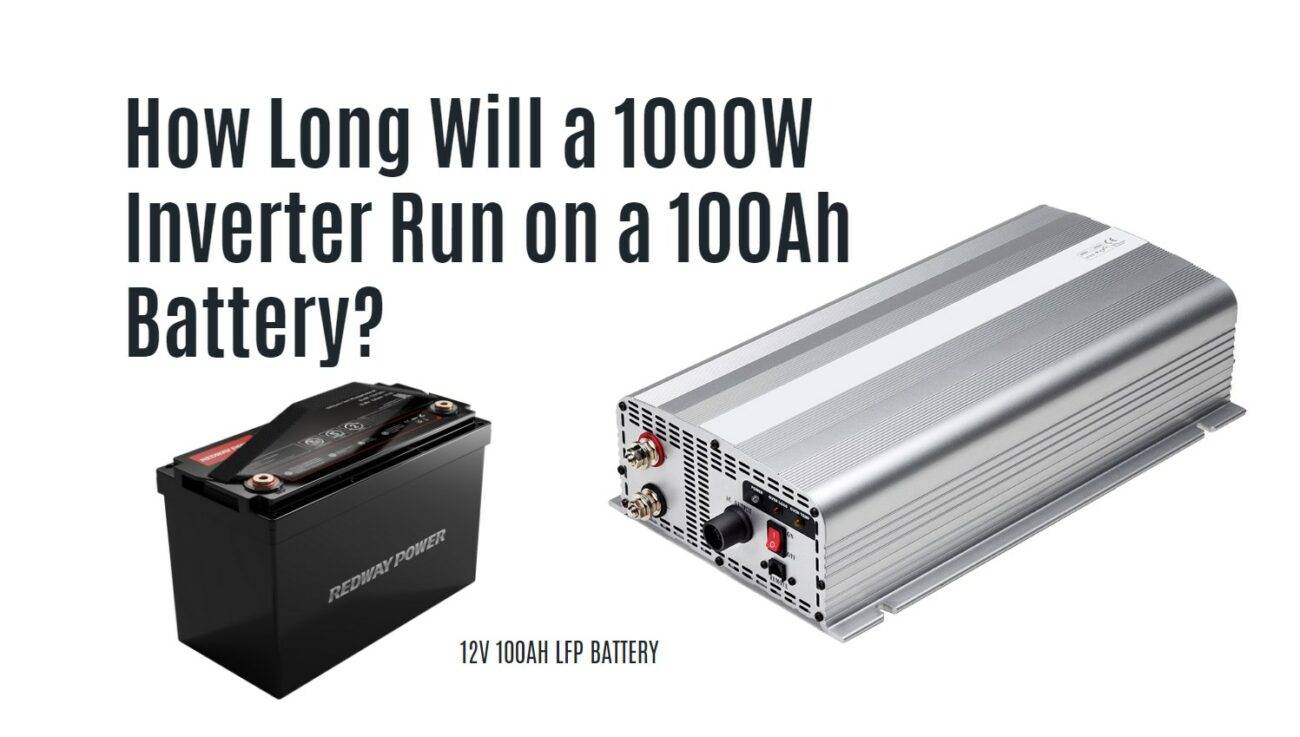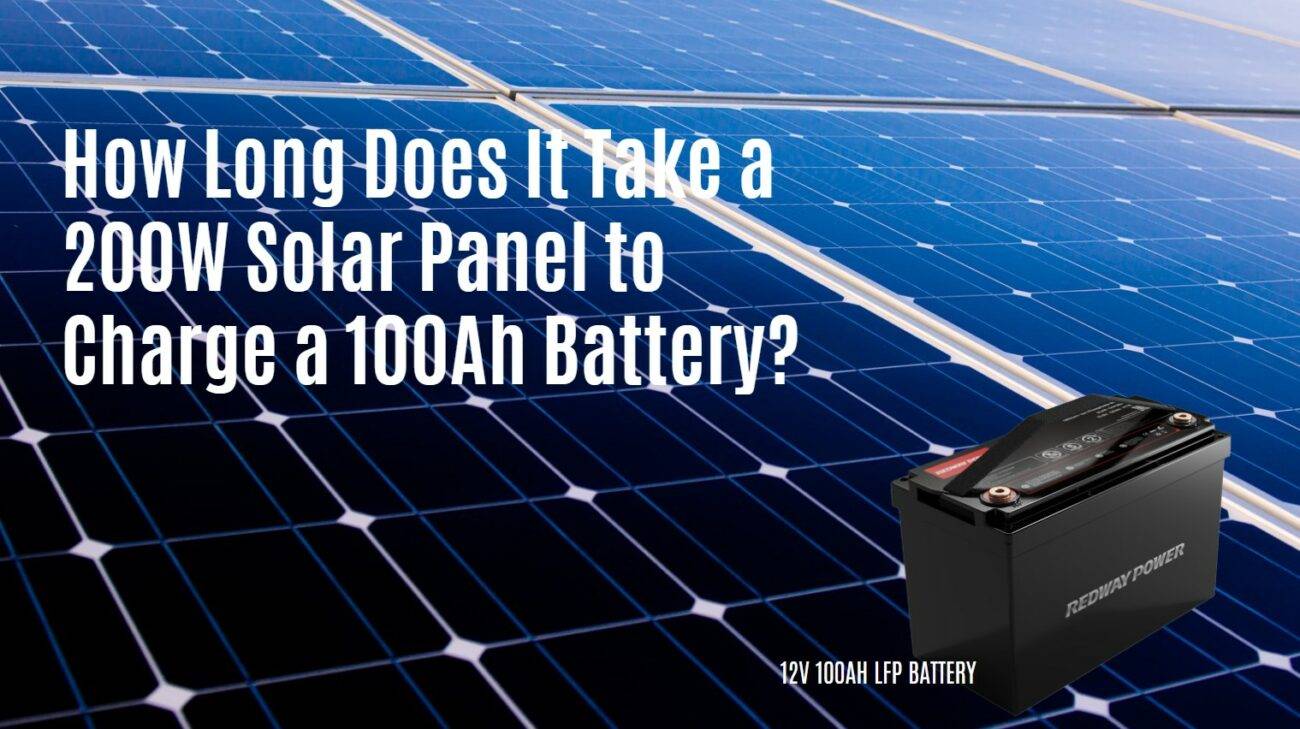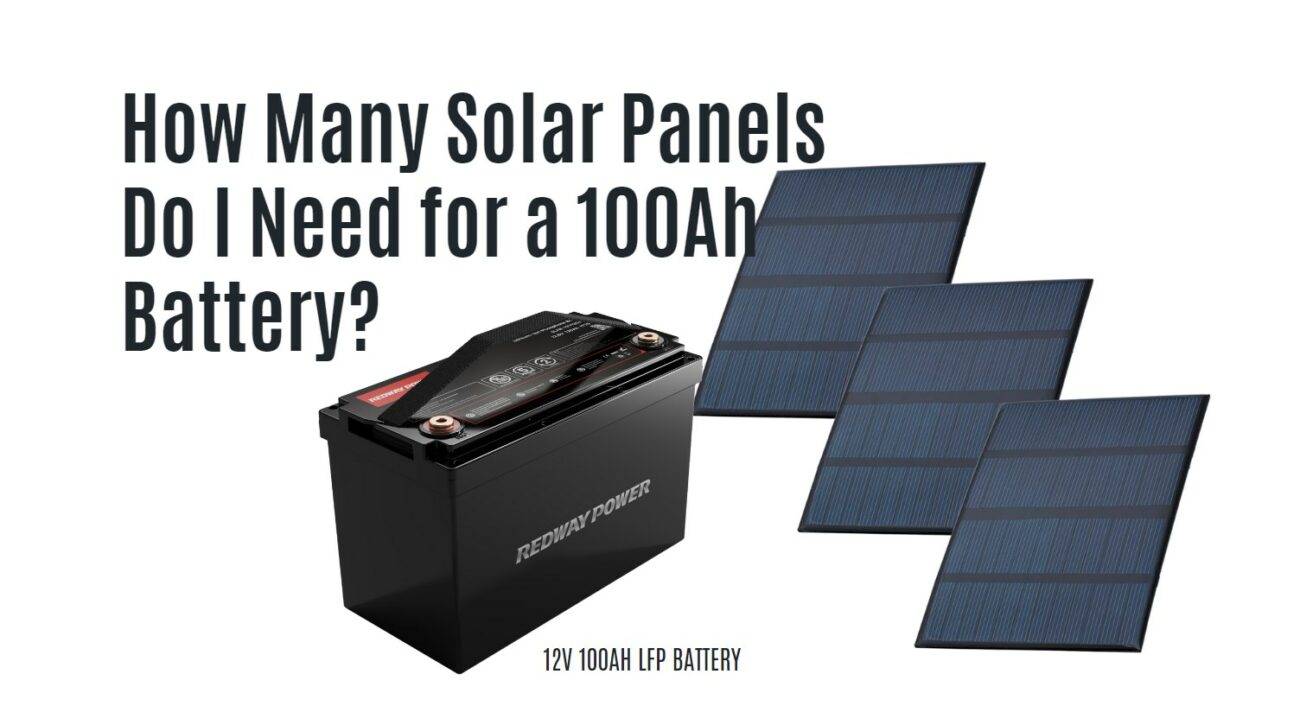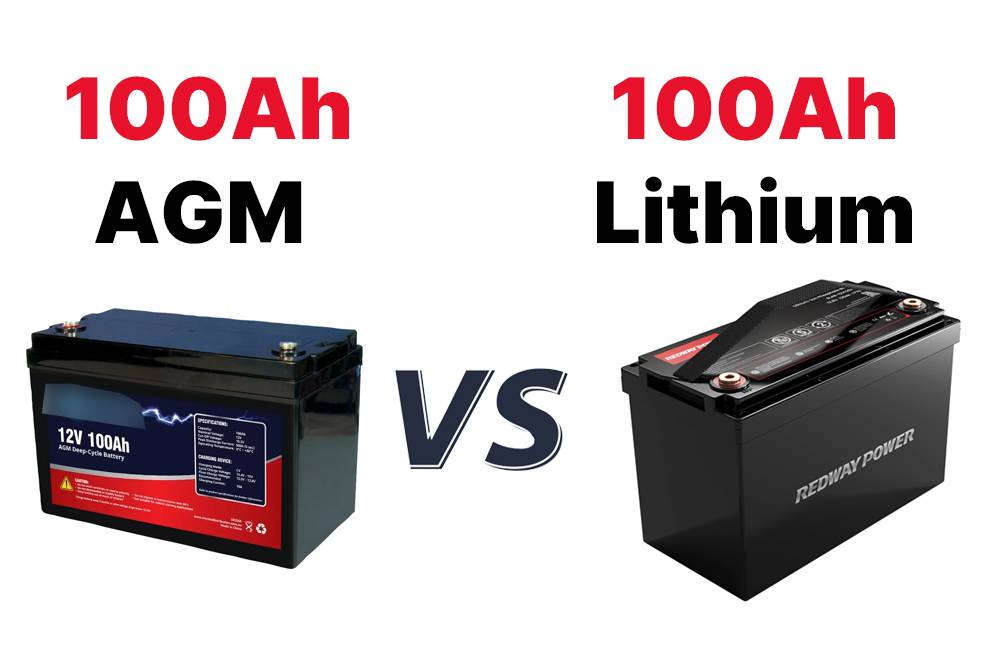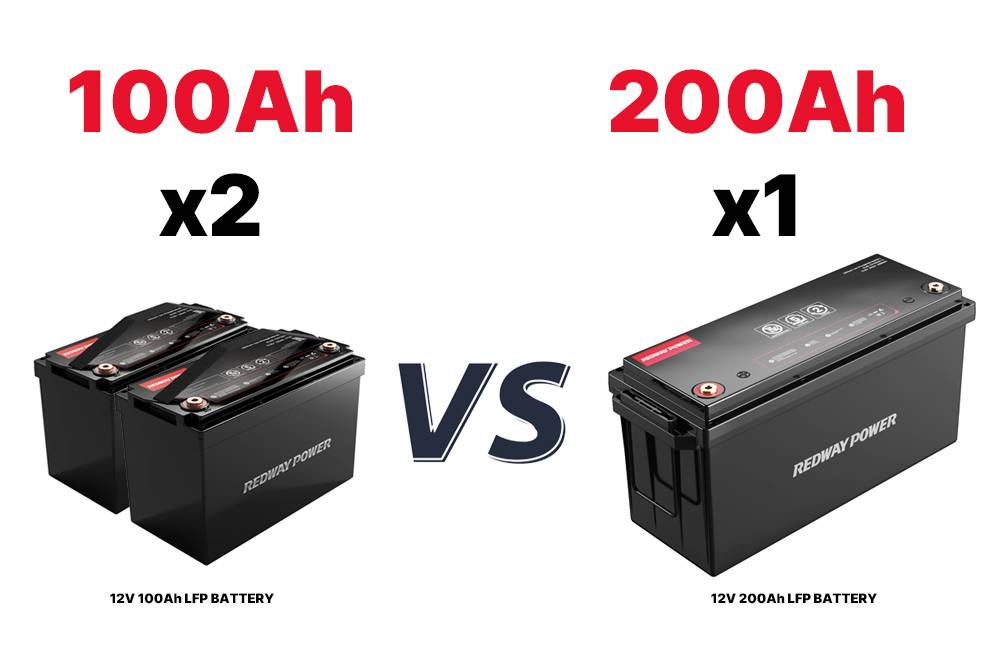- Rack-mounted Lithium Battery
- Golf Cart Lithium Battery
-
Golf Cart Lithium Battery
- 36V 50Ah (for Golf Carts)
- 36V 80Ah (for Golf Carts)
- 36V 100Ah (for Golf Carts)
- 48V 50Ah (for Golf Carts)
- 48V 100Ah (Discharge 100A for Golf Carts)
- 48V 100Ah (Discharge 150A for Golf Carts)
- 48V 100Ah (Discharge 200A for Golf Carts)
- 48V 120Ah (for Golf Carts)
- 48V 150Ah (for Golf Carts)
- 48V 160Ah (Discharge 100A for Golf Carts)
- 48V 160Ah (Discharge 160A for Golf Carts)
-
Golf Cart Lithium Battery
- Forklift Lithium Battery
- 12V Lithium Battery
- 24V Lithium Battery
- 36V Lithium Battery
- 48V Lithium Battery
-
48V LiFePO4 Battery
- 48V 50Ah
- 48V 50Ah (for Golf Carts)
- 48V 60Ah (8D)
- 48V 100Ah (8D)
- 48V 100Ah
- 48V 100Ah (Discharge 100A for Golf Carts)
- 48V 100Ah (Discharge 150A for Golf Carts)
- 48V 100Ah (Discharge 200A for Golf Carts)
- 48V 150Ah (for Golf Carts)
- 48V 160Ah (Discharge 100A for Golf Carts)
- 48V 160Ah (Discharge 160A for Golf Carts)
-
48V LiFePO4 Battery
- 60V Lithium Battery
-
60V LiFePO4 Battery
- 60V 20Ah
- 60V 30Ah
- 60V 50Ah
- 60V 50Ah (Small Size / Side Terminal)
- 60V 100Ah (for Electric Motocycle, Electric Scooter, LSV, AGV)
- 60V 100Ah (for Forklift, AGV, Electric Scooter, Sweeper)
- 60V 150Ah (E-Motocycle / E-Scooter / E-Tricycle / Tour LSV)
- 60V 200Ah (for Forklift, AGV, Electric Scooter, Sweeper)
-
60V LiFePO4 Battery
- 72V~96V Lithium Battery
- E-Bike Battery
- All-in-One Home-ESS
- Wall-mount Battery ESS
-
Home-ESS Lithium Battery PowerWall
- 24V 100Ah 2.4kWh PW24100-S PowerWall
- 48V 50Ah 2.4kWh PW4850-S PowerWall
- 48V 50Ah 2.56kWh PW5150-S PowerWall
- 48V 100Ah 5.12kWh PW51100-F PowerWall (IP65)
- 48V 100Ah 5.12kWh PW51100-S PowerWall
- 48V 100Ah 5.12kWh PW51100-H PowerWall
- 48V 200Ah 10kWh PW51200-H PowerWall
- 48V 300Ah 15kWh PW51300-H PowerWall
PowerWall 51.2V 100Ah LiFePO4 Lithium Battery
Highly popular in Asia and Eastern Europe.
CE Certification | Home-ESS -
Home-ESS Lithium Battery PowerWall
- Portable Power Stations
Can a 200w solar panel charge a 100Ah battery?
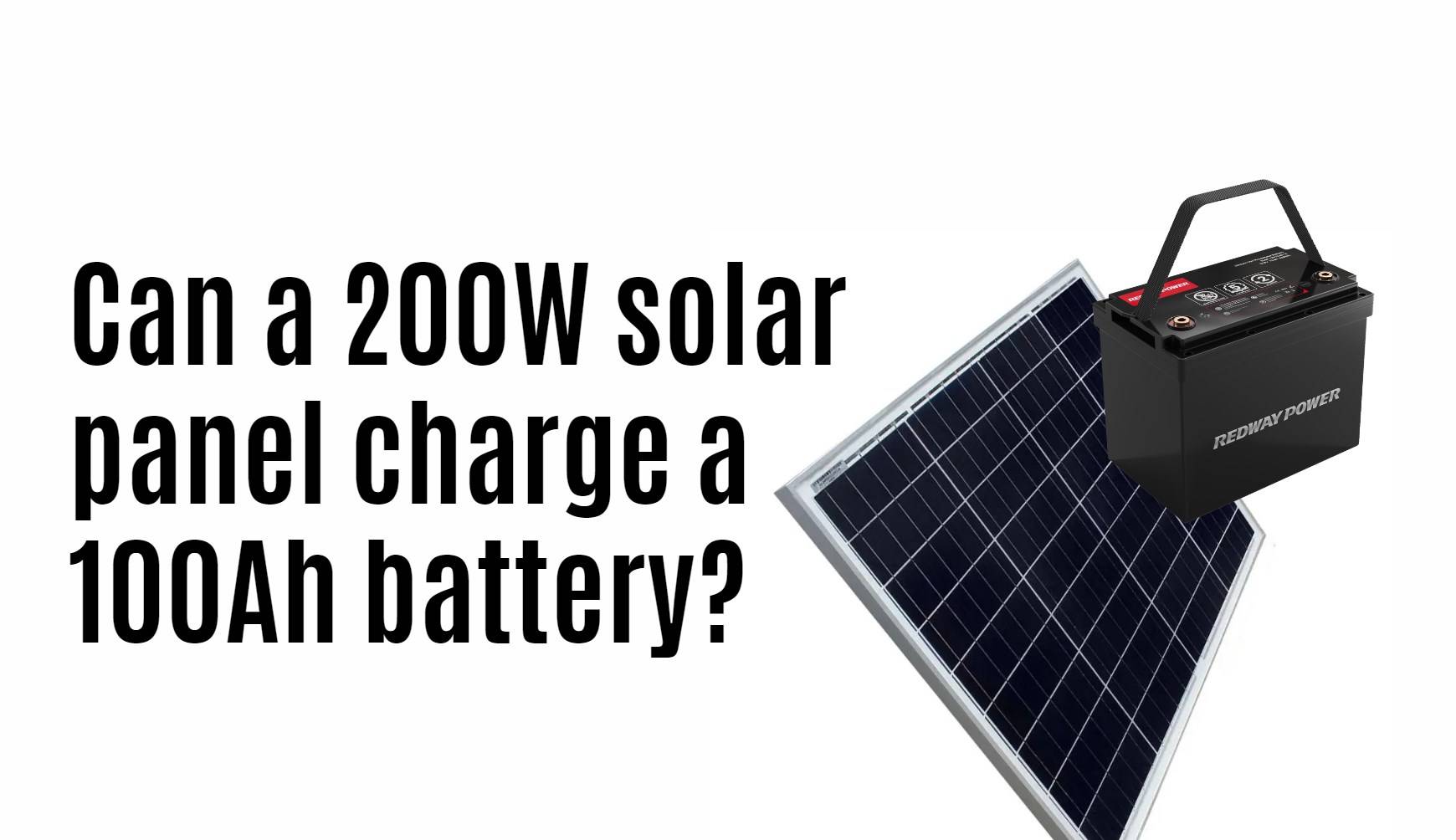
Yes, a 200W solar panel can charge a 100Ah battery. The charging time will vary based on factors like sunlight availability, panel efficiency, and battery capacity. It is crucial to ensure compatibility between the solar panel’s wattage, voltage, and current output with the battery for optimal charging.
Understanding Solar Power and Batteries
Solar power is a sustainable energy source that converts sunlight into electricity using photovoltaic cells. Panels are typically placed on rooftops or open areas to maximize sunlight exposure. Batteries store excess energy for later use when sunlight is unavailable, ensuring a continuous supply. When choosing a solar panel and battery, consider your energy needs and efficiency levels. A 200w solar panel can efficiently charge a 100Ah battery, providing faster charging, flexible placement, and reduced dependence on conventional energy sources.
Its smaller size compared to higher wattage panels offers portability and ease of installation. Solar power reduces reliance on fossil fuels and carbon emissions, making it environmentally friendly and cost-effective. To ensure efficient charging, position panels at an optimal angle towards direct sunlight and regularly clean them to remove dirt or debris.
Factors to Consider Before Deciding on the Size of Your Solar Panel and Battery
The size of a solar panel and battery is crucial for harnessing the power of sunlight. Factors to consider include daily energy consumption, the location and orientation of the panels, and the efficiency ratings of both. Solar panels should be installed in areas with maximum sunlight exposure, ensuring optimal performance. Higher efficiency results in faster charging times for the battery, while larger panels and batteries may offer greater output capabilities but come with higher costs.
Future expansion plans may also influence the size of the system. Balancing these factors with budget is essential for a successful solar panel and battery system. By carefully considering these factors, you can ensure optimal performance and efficiency for years to come.
Calculating the Energy Needs for a 100Ah Battery
To determine the energy needs for a 100Ah battery, consider daily power consumption of devices and sunlight exposure. Calculate the number of watts each device uses per hour and multiply by the number of hours planned. Solar panels’ energy generation depends on location, weather conditions, and panel tilt angle. Actual charging times may vary, so calculate daily power consumption and solar panel output. Determine if a 200w solar panel is sufficient for charging your 100Ah battery.
Having additional capacity ensures uninterrupted operation, even during cloudy days or unexpected spikes in usage. Accurately calculate your energy requirements and select a suitable 200w solar panel to efficiently charge a 100Ah battery.
The Role of Efficiency in Charging a Battery with a Solar Panel
Efficiency matters when it comes to charging a battery, as it directly impacts the conversion of solar energy into usable electricity. High-quality solar panels are designed to maximize sunlight absorption and minimize energy loss, often using advanced materials and technologies. The optimal tilt of the solar panel towards the sun also plays a crucial role in charging rates. However, factors like shading or obstruction can significantly impact efficiency, reducing the battery’s ability to charge efficiently. Other components like charge controllers, inverters, wiring connections, and the battery’s condition also affect system efficiency. Therefore, optimizing the efficiency of your solar panel setup is crucial for efficient
Benefits of Using a 200w Solar Panel to Charge a 100Ah Battery
A 200w solar panel is a powerful and efficient option for charging a 100Ah battery using solar power. It generates more power than lower wattage panels, allowing for faster and more efficient charging. The panel offers greater flexibility in placement and orientation, allowing optimal sun exposure throughout the day. Using a larger solar panel reduces reliance on grid electricity and potentially saves on utility bills. Advanced technologies like MPPT (Maximum Power Point Tracking) controllers optimize voltage levels between the panel and battery, maximizing energy conversion efficiency. Investing in a 200w solar panel ensures future scalability, allowing for future expansion or battery addition without immediate upgrades or replacements.
Tips for Ensuring Efficient Charging
To ensure efficient charging of your 100Ah battery using a 200w solar panel, there are a few tips you can follow. These will not only maximize the energy output but also extend the lifespan of both your solar panel and battery.
1. Optimize Placement: Position your solar panel in an area that receives maximum sunlight throughout the day. Avoid shading from trees or buildings as it can significantly reduce charging efficiency.
2. Tilt and Angle Adjustment: Adjust the tilt and angle of your solar panel according to your geographical location to capture maximum sunlight. This adjustment should be done seasonally for optimal results.
3. Clean Regularly: Keep your solar panel free from dirt, dust, leaves, and debris by cleaning it regularly with water and a soft brush or cloth. Build-up on the surface can block sunlight absorption, leading to decreased charging efficiency.
4. Monitor Battery Health: Periodically check the health of your 100Ah battery to ensure it is operating optimally. Maintain proper electrolyte levels (if applicable), clean terminal connections, and monitor voltage levels regularly.
5. Use Charge Controllers: Install a charge controller between the solar panel and battery system to regulate voltage levels and prevent overcharging or discharging of batteries during extreme weather conditions or low light situations.
6. Consider Parallel Charging: If you require faster charging times or have higher energy demands, consider connecting multiple 200w solar panels in parallel to increase overall power production capacity
7. Protect Against Extreme Temperatures: High temperatures can affect both the performance and lifespan of solar panels as well as batteries negatively; therefore, provide shade if necessary or use insulating materials when mounting them.
By following these tips for ensuring efficient charging with a 200w solar panel, you can make sure that your 100Ah battery remains charged at all times while maximizing its longevity.
Remember always keep monitoring results because every setup might be different depending on several factors such as climate condition, solar panel quality and positioning.













